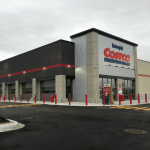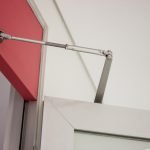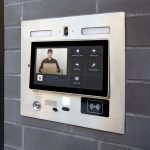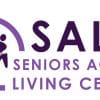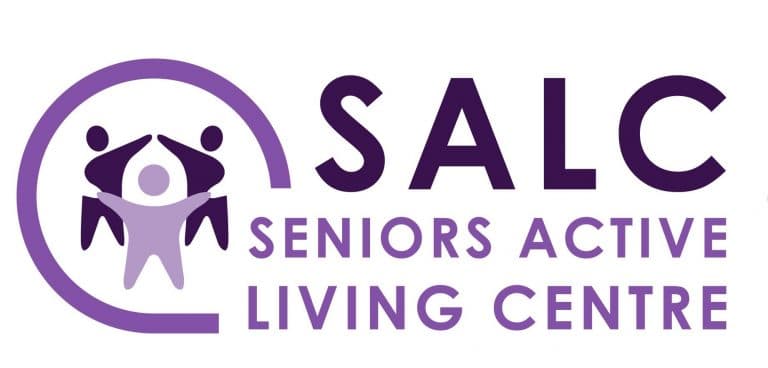Have you ever used the sticky end of a Post-It® to clean crumbs from your keyboard? Or clipped a trouser hanger to a cookbook and suspended it from a pantry knob for easy reading? Finding other practical uses for a product is gratifying and gives you a bigger bang for your buck. The same applies to security technology. For instance, many hospitals and medical clinics are using access control beyond its intended “lock/unlock doors” purpose. These clever applications simplify day-to-day tasks and help organizations comply with regulations.
Keeping pollutants out of cleanrooms
Restricting access to rooms is straightforward. But when you must seal out dust, airborne microbes, and other environmental pollutants, things start to get complex. This is a common issue for hospitals with cleanrooms. These restricted areas must comply with industry-standard levels for contamination because they are often used to store pharmaceutical products or conduct scientific research.
To keep pollutants out, hospitals create airlocks with two sets of doors. This means that staff must go through two doors before gaining access to the cleanroom. Ideally, they need to close the first door before opening the second door.
Sometimes, people make mistakes which put cleanrooms at risk. That’s why hospitals implement access control solutions that have an airlock/mantrap feature. This feature ensures that the first door is closed before permitting the cardholder to enter the second door. When hospitals implement measures to prevent contamination, they avoid the associated downtime, expensive cleaning, and re-certification.
Securing medicine dispensaries at hospitals
Compliance requirements extend to medicine dispensaries and drug cabinets. In many cases, only authorized employees can administer and handle powerful drugs. Hospitals can use an access control solution to restrict access to the cabinets. This also allows hospitals to run audit trail reports when regulatory bodies seek proof of compliance.
A “Two-Person Rule” can also be implemented for accessing specific cabinets or drugs. This means that two approved cardholders would be required to scan their badges in order for the system to unlock the door. Two-factor verification, such as the system requiring a card and a PIN or biometric scan, could also be an option for heightening security on certain cabinets or dispensaries.







